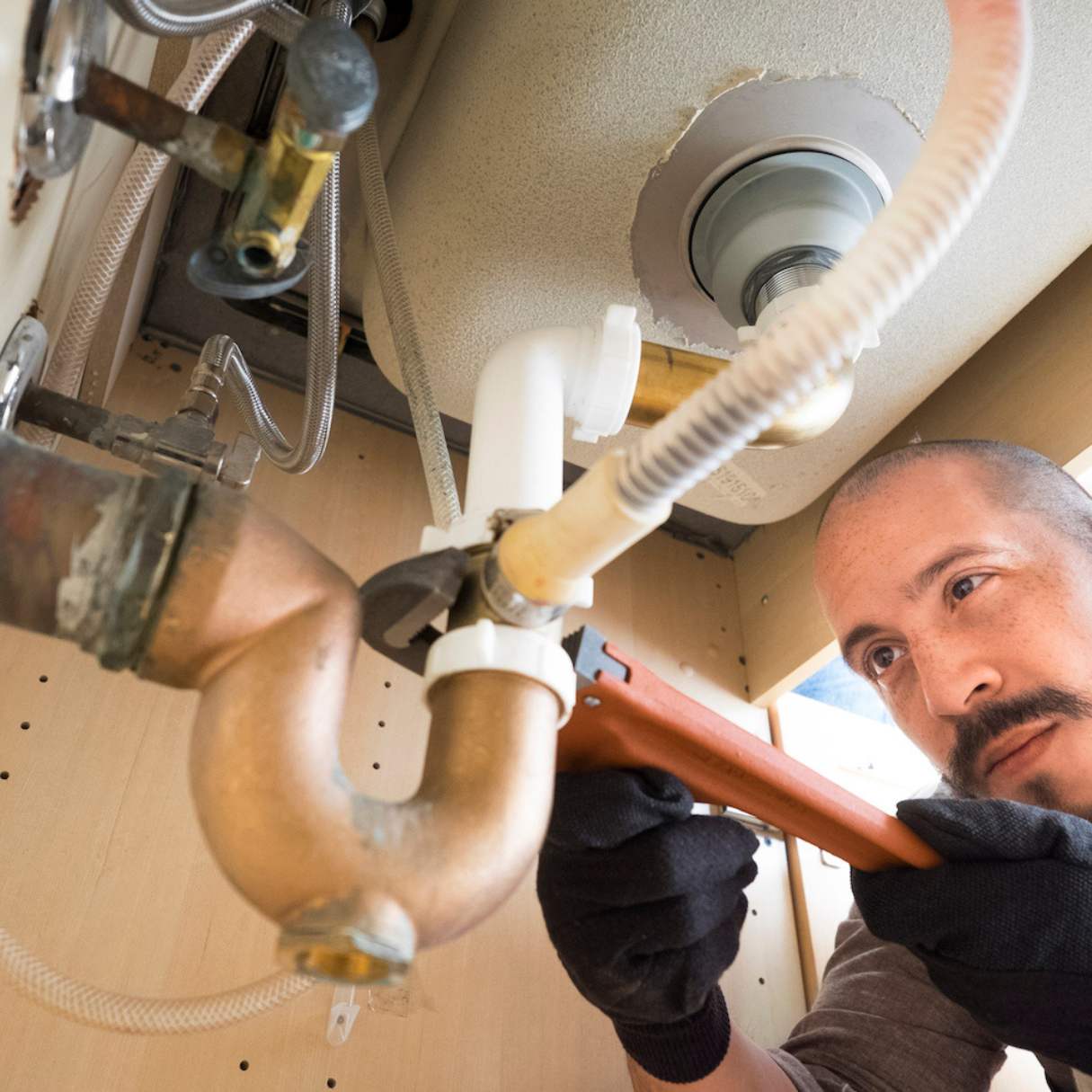Beginner's Guide to Bathroom Plumbing: Top Advice
Beginner's Guide to Bathroom Plumbing: Top Advice
Blog Article
Are you searching for critical info on General Plumbing Tips for New Homeowners?

For brand-new house owners, understanding and keeping bathroom plumbing can save both time and money by stopping expensive concerns down the line. Below are some important restroom plumbing ideas to help you keep everything running efficiently.
Familiarize Yourself with the Main Shut-Off Valve
Understanding where the main water shut-off valve is located in your house is important. This enables you to swiftly turn off the water in case of significant leaks or during pipes emergencies, avoiding extensive water damages.
Regularly Inspect for Leakages
Little leakages can bring about large issues. Routinely check under sinks, around commodes, and near plumbing components for any indications of leakages. Seek moisture, small drips, or corrosion. Catching and repairing leakages early can avoid extra serious damage and conserve water.
Don't Neglect Slow Drains
If your sink or bath tub is draining pipes slowly, it's often an indication of a clog forming. Addressing this early can avoid a complete clog. Utilize a plunger or a plumber's serpent to remove particles. Avoid making use of chemical drain cleaners as they can harm your pipelines with time.
Know What Not to Flush
Toilets are not waste disposal unit. Avoid flushing anything besides toilet tissue and human waste. Things like wipes, feminine hygiene products, and cotton swabs should be taken care of in the garbage to stop blockages and drain back-ups.
Install Strainers in Drains
Location strainers in your sink and bathtub drains pipes to capture hair and various other particles before they enter your pipes system. Cleaning the filters on a regular basis will help protect against buildup and keep water streaming easily.
Maintain Your Hot Water Heater
Ensure your hot water heater is readied to an ideal temperature level (commonly about 120 levels Fahrenheit) to avoid scalding and reduce power usage. Flush the storage tank annually to eliminate sediment build-up, which can reduce the efficiency and life expectancy of your heater.
Update Your Components
If your home has older components, think about updating to extra reliable designs. Modern commodes, showerheads, and faucets are designed to use much less water while giving good pressure, which can considerably reduce your water bill and environmental footprint.
Be Cautious with Do It Yourself Plumbing Services
While it's alluring to manage all home repair work on your own, be cautious with plumbing. Some problems might require professional competence, especially if they include major water lines or sewage system repair services. Working with a specialist can often be much more affordable than do it yourself, particularly if it protects against additional damages.
Get Ready For Winter
Protect your pipelines from freezing during cold weather by insulating pipes in unheated areas like basements, attics, and garages. During severe cool, let cold water drip from faucets offered by exposed pipelines to help avoid freezing.
Set Up Regular Maintenance
Consider scheduling yearly evaluations with a licensed plumbing. They can identify concerns that you may miss, such as covert leaks or deterioration on pipes and components. Regular upkeep helps expand the life of your pipes system and can stop emergency situations.
Verdict
Comprehending and maintaining your home's bathroom pipes can prevent lots of usual issues. By adhering to these important tips, you can guarantee your washroom remains functional and effective, saving you time and money over time.
Essential Plumbing Tips for Homeowners: Keep Your Pipes Flowing Smoothly
As a homeowner, understanding the basics of your plumbing system can save you time, money, and a lot of headaches. Plumbing issues can range from minor annoyances like dripping faucets to major problems like burst pipes that cause significant damage. This guide provides essential tips to help you maintain your plumbing system and tackle common issues.
Understanding Your Plumbing System
Supply System: Brings fresh water into your home from a municipal source or a well. Drain-Waste-Vent System: Removes wastewater and vents sewer gases outside. Fixtures and Appliances: Includes sinks, toilets, showers, dishwashers, and washing machines. Basic Maintenance Tips
Regular Inspections: Periodically check for leaks, corrosion, and other signs of wear and tear. Look under sinks, around toilets, and near water heaters. Know Your Main Shut-Off Valve: In case of a major leak, you’ll need to shut off the water quickly. Ensure everyone in your household knows where the main shut-off valve is located. Prevent Frozen Pipes: In cold climates, insulate exposed pipes and let faucets drip during extreme cold to prevent freezing. Use Strainers: Install strainers in sinks and tubs to catch hair, food particles, and other debris that can cause clogs. Common Plumbing Issues and Solutions
Clogged Drains:
Prevention: Avoid pouring grease down the drain and use drain screens to catch debris. DIY Fix: Use a plunger or a plumbing snake to clear minor clogs. For stubborn clogs, a mixture of baking soda and vinegar can sometimes help. Leaky Faucets:
Prevention: Replace washers and seals regularly. DIY Fix: Turn off the water supply, disassemble the faucet, and replace worn parts.

Visit Our Site Report this page